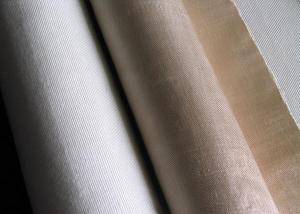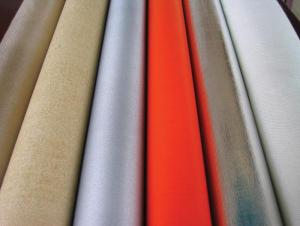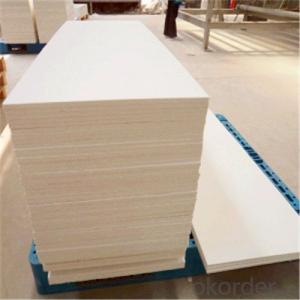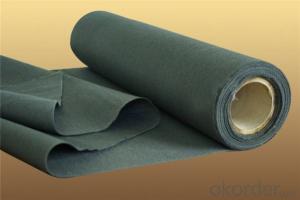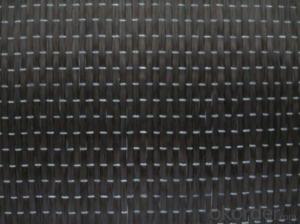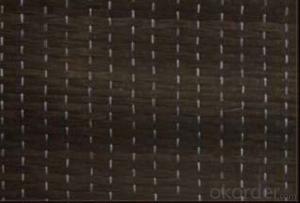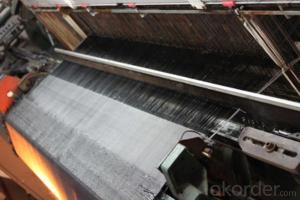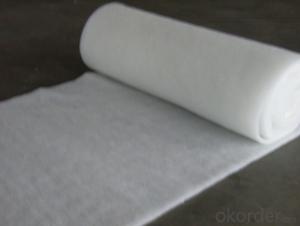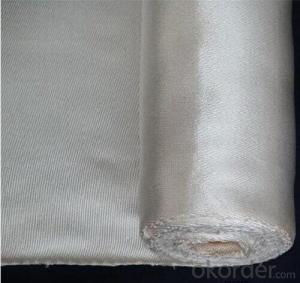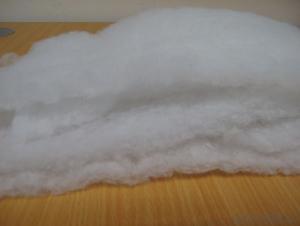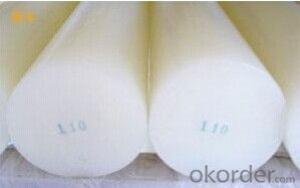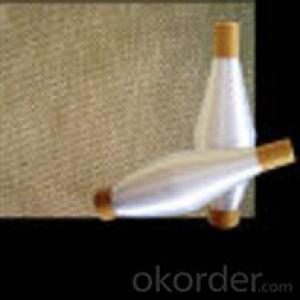Textured Fiberglass Cloth
- Loading Port:
- China Main Port
- Payment Terms:
- TT or L/C
- Min Order Qty:
- 10 tons kg
- Supply Capability:
- 20*20FCL Per Month kg/month
OKorder Service Pledge
OKorder Financial Service
You Might Also Like
Specifications of Textured Fiberglass Cloth
1. Texturized fiberglass cloth 2. High temperature resistance 3. Fireproof 4. Thermal insulation
Texturized Fiberglass Cloth Description:
2. Insulating properties depend upon conductivity and radiation and these are influenced by the fabric construction.
3. It is the ideal substitue of the asbestos cloth.
4. It can resist 450-550C.
Texturized Fiberglass Cloth Application:
1. All types of thermal insulation and heat protection.
2. Welding blankets and fire curtains.
3. Expansion joints.
4. Basic cloth for coatings and laminations.
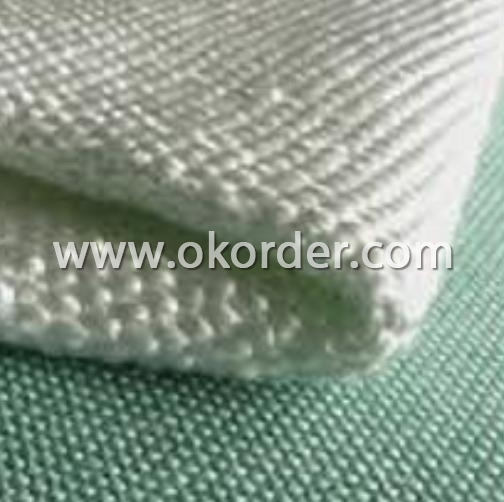
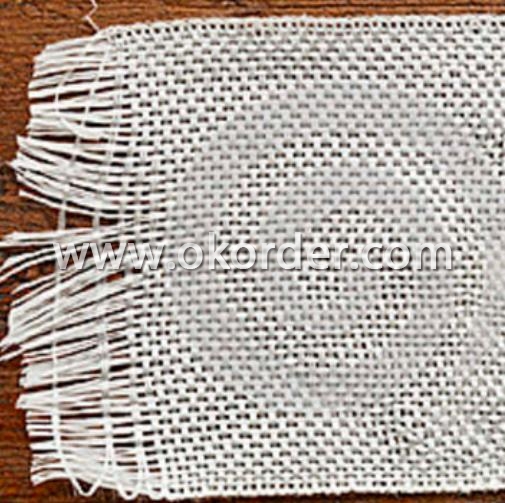
- Q:Are glass fiber textiles resistant to static cling?
- Yes, glass fiber textiles are generally resistant to static cling. The unique properties of glass fiber materials, such as their low conductivity and high tensile strength, make them less susceptible to static electricity buildup. Additionally, glass fibers do not easily generate static charges when rubbed against other surfaces, reducing the likelihood of static cling. This resistance to static cling makes glass fiber textiles a popular choice for various applications, including clothing, upholstery, and industrial fabrics.
- Q:Are glass fiber textiles suitable for marine applications?
- Yes, glass fiber textiles are suitable for marine applications. Glass fiber textiles, also known as fiberglass textiles, have several properties that make them ideal for use in marine environments. Firstly, glass fiber textiles are highly resistant to corrosion. This is a critical feature when considering materials for marine applications, as they are constantly exposed to saltwater, which can cause corrosion and deterioration of many other materials. Glass fiber textiles, however, do not rust or corrode, making them highly durable in marine environments. Additionally, glass fiber textiles have excellent strength-to-weight ratio. This means that they offer high strength and structural integrity while being lightweight. This is particularly important for marine applications as it allows for the construction of strong and durable structures without adding excessive weight to the vessel or equipment. Glass fiber textiles also have good dimensional stability, meaning they can maintain their shape and size even when exposed to fluctuating temperatures and humidity levels. This is crucial for marine applications, as vessels and equipment are often subjected to varying environmental conditions. Furthermore, glass fiber textiles are non-conductive and have good electrical insulation properties. This makes them suitable for marine applications where electrical components and wiring need to be protected from water and moisture. Lastly, glass fiber textiles are relatively easy to mold and shape, allowing for flexibility in design and construction. This versatility makes them suitable for various marine applications, ranging from boat hulls and decks to insulation and protective covers. Overall, glass fiber textiles offer a range of favorable properties that make them highly suitable for marine applications. Their resistance to corrosion, strength-to-weight ratio, dimensional stability, electrical insulation properties, and flexibility in design make them a reliable choice for various marine structures and equipment.
- Q:Can glass fiber textiles be used in solar panels?
- Glass fiber textiles, with their lightweight, flexibility, and high mechanical strength, are well-suited for incorporating into solar panels. They serve as reinforcement materials, ensuring structural integrity and safeguarding delicate solar cells. Furthermore, these textiles exhibit exceptional thermal stability, a crucial attribute for maintaining the efficiency and longevity of solar panels under elevated temperatures. By utilizing glass fiber textiles, solar panels can be enhanced in terms of durability, weight reduction, and overall performance improvement.
- Q:Do glass fiber textiles shrink or stretch?
- Glass fiber textiles do not shrink or stretch. They have a high resistance to deformation and maintain their shape and dimensions even under prolonged stress or exposure to high temperatures.
- Q:What are the advantages of using glass fiber textiles in construction?
- There are several advantages of using glass fiber textiles in construction. Firstly, glass fiber textiles are incredibly strong and durable. They have a high tensile strength, meaning they can withstand heavy loads and resist deformation. This makes them particularly suitable for applications that require structural reinforcement, such as reinforcing concrete or providing support in areas prone to earthquakes or other natural disasters. Secondly, glass fiber textiles are lightweight. Compared to traditional construction materials like steel or concrete, glass fiber textiles are much lighter, making them easier to handle and transport. This not only reduces the overall weight of the structure but also facilitates faster construction and installation. Thirdly, glass fiber textiles are highly resistant to corrosion and moisture. Unlike metals that can rust or deteriorate over time, glass fiber textiles do not rot, corrode, or degrade when exposed to moisture or harsh environmental conditions. This makes them ideal for applications in humid or wet environments, such as swimming pools, bathrooms, or coastal areas. Additionally, glass fiber textiles have excellent thermal and acoustic insulation properties. They can effectively trap and retain heat, reducing energy consumption and improving the energy efficiency of buildings. Moreover, they can absorb and dampen sound, improving acoustics and reducing noise pollution within the structure. Furthermore, glass fiber textiles are fire-resistant. They do not burn, emit toxic fumes, or contribute to the spread of flames, making them a safe choice for construction. This fire resistance can help prevent the rapid spread of fires and potentially save lives. Lastly, glass fiber textiles offer design flexibility. They can be easily molded, shaped, or woven into various forms, allowing architects and designers to create aesthetically pleasing structures. Additionally, they can be colored, painted, or coated to match any desired finish or appearance. In conclusion, the advantages of using glass fiber textiles in construction include their strength, lightweight nature, resistance to corrosion and moisture, thermal and acoustic insulation properties, fire resistance, and design flexibility. These characteristics make them a valuable material choice for a wide range of construction applications.
- Q:Can glass fiber textile be used in wind turbine blades?
- Yes, glass fiber textile can be used in wind turbine blades. Glass fiber textiles are commonly used in the construction of wind turbine blades due to their high strength, lightweight nature, and excellent resistance to environmental elements. These properties make glass fiber textiles an ideal choice for manufacturing wind turbine blades, enabling them to efficiently harness wind energy for electricity generation.
- Q:How do glass fiber textiles affect manufacturing processes?
- Glass fiber textiles have a significant impact on manufacturing processes by enhancing the strength, durability, and thermal resistance of various products. These textiles are commonly used as reinforcements in composite materials, such as plastics and resins, resulting in stronger and lighter end products. Additionally, glass fiber textiles provide insulation properties, making them ideal for applications in the automotive, aerospace, and construction industries. Overall, their incorporation in manufacturing processes leads to improved product performance and increased efficiency.
- Q:Can glass fiber textiles be used for reinforcement in rubber products?
- Glass fiber textiles are suitable for reinforcing rubber products, as they possess excellent mechanical properties such as high tensile strength, stiffness, and dimensional stability. These properties make them ideal for enhancing the overall strength and durability of rubber materials. By incorporating glass fiber textiles into rubber products, their resistance to wear, tear, impact, and fatigue can be improved. The even distribution of stress throughout the rubber matrix, facilitated by the glass fibers, prevents deformation or failure under mechanical loads. This reinforcement also helps to maintain the shape and structure of the rubber product over time. Furthermore, glass fiber textiles can be easily integrated into the manufacturing process and are highly compatible with rubber materials. They can be added as a layer, in the form of chopped fibers, continuous strands, or woven fabrics, depending on the desired mechanical properties and performance requirements of the rubber product. In conclusion, glass fiber textiles are commonly used for reinforcing rubber products due to their exceptional mechanical properties and compatibility with rubber materials. They enhance the strength, durability, and dimensional stability of rubber products, making them suitable for a range of applications such as automotive parts, industrial seals, conveyor belts, hoses, and gaskets.
- Q:Are glass fiber textiles resistant to solvents or cleaning agents?
- Yes, glass fiber textiles are generally resistant to solvents and cleaning agents. They can withstand exposure to a wide range of chemicals without significant degradation or damage.
- Q:How do glass fiber textiles affect product cost?
- Glass fiber textiles can have both positive and negative effects on product cost. On one hand, using glass fiber textiles can increase the cost of production compared to using traditional textiles. This is because glass fiber textiles are generally more expensive to manufacture and require specialized machinery and expertise. Additionally, the raw materials used in glass fiber textiles, such as glass fibers and resins, can also be pricey. However, on the other hand, glass fiber textiles can also help reduce long-term costs associated with product maintenance and durability. Glass fiber textiles are known for their high strength and resistance to wear, tear, and degradation. This means that products made with glass fiber textiles tend to have a longer lifespan and require less frequent repairs or replacements. In turn, this can save manufacturers and consumers money in the long run. Furthermore, glass fiber textiles can also contribute to cost savings through their lightweight nature. Compared to other materials, glass fiber textiles are relatively lightweight, which can lead to reduced transportation costs and easier handling during production. This can be particularly beneficial for industries that require large quantities of textiles, such as the automotive or aerospace sectors. Overall, while glass fiber textiles may initially increase product costs, their durability, longevity, and other cost-saving benefits can offset these expenses in the long term. It is important for manufacturers to carefully consider the specific requirements of their products and weigh the potential benefits and drawbacks of using glass fiber textiles before making a decision.
1. Manufacturer Overview |
|
|---|---|
| Location | Beijing, China |
| Year Established | 1992 |
| Annual Output Value | Above US$ 3 Million |
| Main Markets | North America;Southeast Asia ;Western Europe ;Middle East |
| Company Certifications | ISO 9001:2008 |
2. Manufacturer Certificates |
|
|---|---|
| a) Certification Name | |
| Range | |
| Reference | |
| Validity Period | |
3. Manufacturer Capability |
|
|---|---|
| a)Trade Capacity | |
| Nearest Port | Tianjing |
| Export Percentage | 60% - 70% |
| No.of Employees in Trade Department | 21-50 People |
| Language Spoken: | English; Chinese |
| b)Factory Information | |
| Factory Size: | Above 10,000 square meters |
| No. of Production Lines | Above 8 |
| Contract Manufacturing | |
| Product Price Range | High; Average |
Send your message to us
Textured Fiberglass Cloth
- Loading Port:
- China Main Port
- Payment Terms:
- TT or L/C
- Min Order Qty:
- 10 tons kg
- Supply Capability:
- 20*20FCL Per Month kg/month
OKorder Service Pledge
OKorder Financial Service
Similar products
New products
Hot products
Hot Searches
Related keywords
